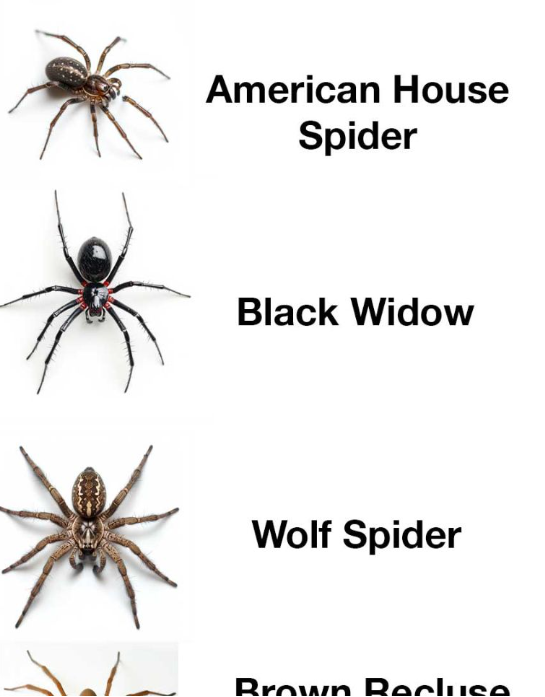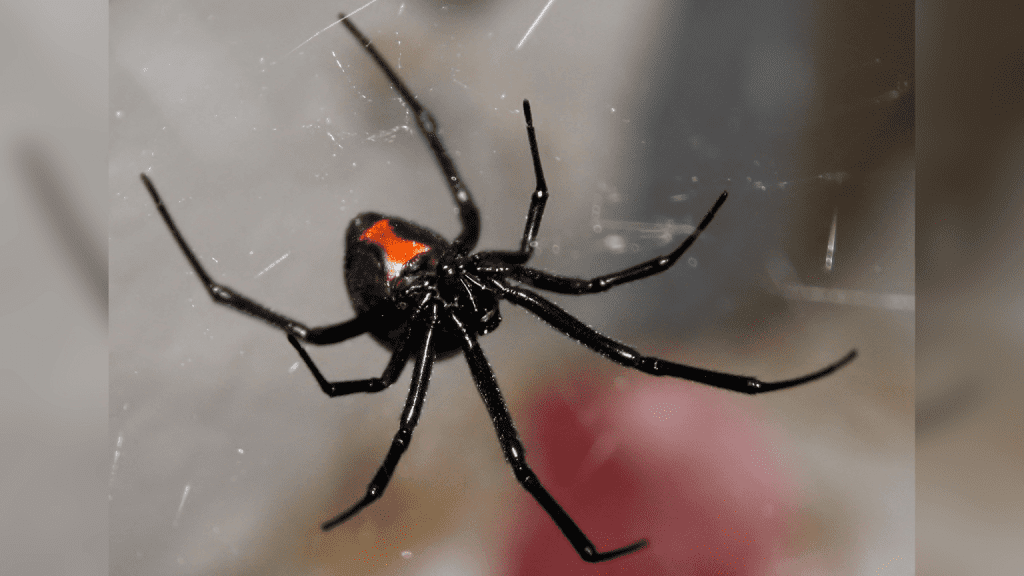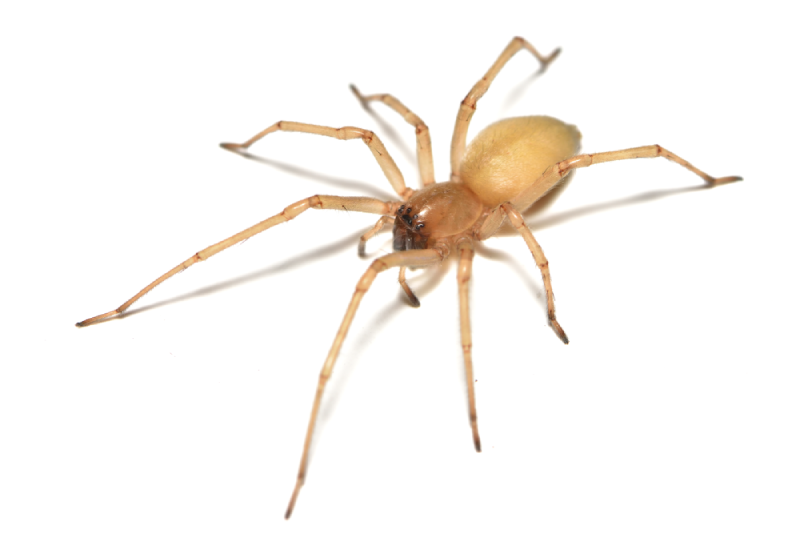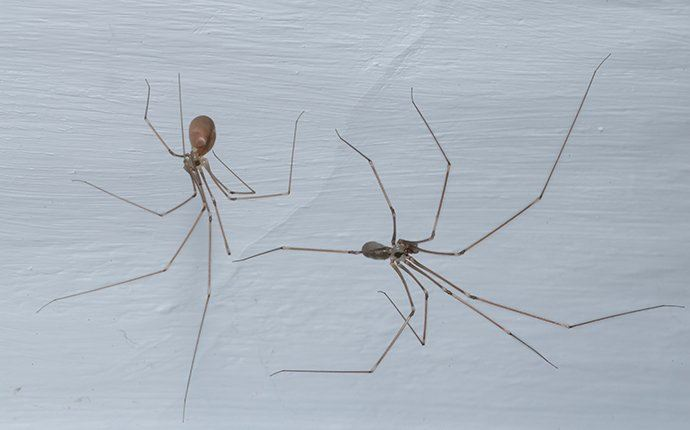Spiders are some of the most common creatures you’ll find lurking in homes across the world. Though their presence can cause discomfort, they often serve as natural pest controllers, reducing insect populations. However, some spiders can pose risks, and knowing how to identify and deal with them is crucial. In this article, we’ll dive into the nine most common house spiders and offer actionable tips on managing their presence.

Understanding House Spider Behavior
Before delving into specific spider types, it’s helpful to understand house spiders’ general behavior. These arachnids become more active indoors during warmer months, seeking shelter and food. You might spot them in quiet, secluded places like basements, attics, and bathrooms. Spiders use webs to catch prey, although a few species are active hunters. By recognizing these habits, you can take steps to prevent their spread.
1. The American House Spider
The American house spider, commonly referred to as the “common house spider,” is easily identifiable by its round, brownish body and distinct webbing patterns. These spiders weave irregular, tangled webs, often found in corners, windows, and basements. The females tend to be larger than the males, with their abdomens ranging from 5 to 10mm.
How to Deal with American House Spiders
To minimize American house spider infestations, regularly clean and declutter areas where they frequently spin webs, such as corners of ceilings and behind furniture. Seal any cracks or openings around windows and doors to keep these spiders outside. For immediate removal, use a vacuum to get rid of webs and spiders.
2. The Common House Spider
The term common house spider is often used broadly, referring to several spider species that regularly make homes indoors. These spiders are typically small, with brown or gray bodies that help them camouflage against walls and floors. They prefer undisturbed corners, where they can build webs unnoticed.
Managing Common House Spider Sightings
Regular cleaning is key to keeping common house spiders at bay. Use a broom or vacuum to sweep away spider webs and their eggs. You can also apply natural repellents such as peppermint oil or eucalyptus around the house to deter spiders from entering.
3. The Brown Recluse Spider
The brown recluse spider is more dangerous than its common cousins, thanks to its venomous bite. It’s recognized by the violin-shaped marking on its back and its preference for dark, hidden areas like closets and attics. They vary in color from light brown to darker shades and have long, delicate legs.
Safety Tips for Brown Recluse Encounters
If you think you’ve spotted a brown recluse, caution is paramount. It’s best to contact a professional pest controller if you suspect an infestation. Always wear gloves and long sleeves when cleaning areas where these spiders might hide. In case of a bite, seek medical attention immediately, as their venom can cause severe reactions.
4. The Black Widow Spider

The black widow spider is iconic, with its shiny black body and red hourglass marking on the underside of its abdomen. Typically found in cool, dark spaces like garages, woodpiles, and basements, the female black widow is more visible and dangerous than the male due to her venomous bite.
Handling Black Widow Infestations
If you come across a black widow spider, don’t attempt to remove it yourself. Their bites can cause serious harm, so contacting pest control professionals is the safest route. Keeping your home clutter-free and inspecting areas like the garage regularly can help prevent black widow infestations.
5. The Wolf Spider
Unlike many spiders, the wolf spider doesn’t rely on webs to catch its prey. These large, hairy spiders are active hunters and can often be spotted scurrying across the ground. Their robust build and characteristic stripes make them easy to identify.
Preventing Wolf Spider Presence
To keep wolf spiders from entering your home, tidy up your yard and remove any debris, such as leaves and woodpiles, which serve as potential hiding spots. Inside the house, reduce clutter around entry points and in basements. Regular vacuuming can help remove any spiders that have already found their way inside.
6. The Yellow Sac Spider

The yellow sac spider is small, with a pale yellow or beige body and slightly darker legs. These nocturnal spiders are often spotted near ceilings and walls, where they create small silk sacs to hide in during the day.
Controlling Yellow Sac Spider Activity
If you notice yellow sac spiders in your home, frequent cleaning is essential. Focus on high corners near ceilings and seal entry points around windows and doors with caulk. Sticky traps can also help in capturing these spiders if they become aggressive.
7. The Jumping Spider
Jumping spiders are easily recognizable thanks to their jerky movements and compact, brightly colored bodies. These small spiders don’t spin webs to catch prey; instead, they rely on their agility and keen vision to hunt.
Dealing with Jumping Spider Intrusion
To keep jumping spiders from taking up residence in your home, check for potential entry points around windows and doors. Clean up cluttered areas, particularly behind furniture where spiders might hide. Regularly dusting and vacuuming will help eliminate any spiders that have made their way inside.
8. The Cellar Spider (Daddy Long-Legs)

The cellar spider, commonly known as daddy long-legs, has very long, thin legs and small, elongated bodies. They favor dark, damp spaces like basements and cellars and build irregular, loose webs.
Managing Cellar Spider Populations
Keeping your cellar or basement dry and well-ventilated will help manage cellar spiders. Use dehumidifiers if necessary. Vacuum and sweep corners regularly to remove webs, and seal cracks to prevent spiders from entering.
9. The Hobo Spider
The hobo spider is often mistaken for the brown recluse, but it lacks the distinctive violin-shaped marking. These spiders create funnel-shaped webs and are commonly found in basements and crawl spaces.
Handling Hobo Spider Activity
To reduce hobo spider activity, keep clutter to a minimum, especially in dark areas like basements. Seal gaps and cracks around windows and doors. Sticky traps can help in capturing these spiders, but for larger infestations, it’s wise to consult a pest control expert.
Conclusion
While spiders might be a common sight in many households, they don’t always have to be a source of stress. By identifying the most frequent types of house spiders and taking proactive steps, you can manage their presence effectively. Regular cleaning, sealing entry points, and reducing clutter are your best defenses. However, in cases involving potentially harmful spiders like the brown recluse or black widow, it’s always best to call in a professional for help.


